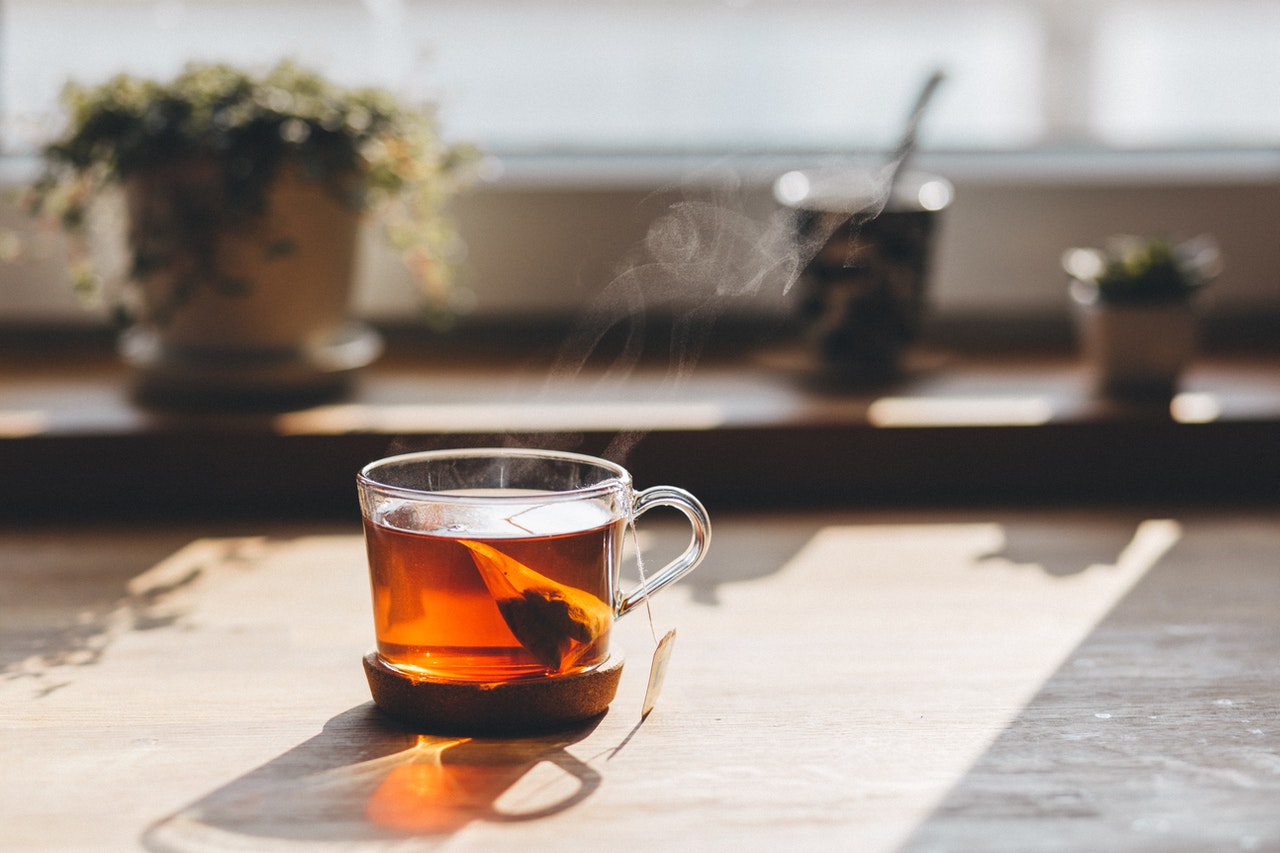Whether you’re a tea connoisseur or only occasionally partake, there are a few basic pointers to keep in mind when brewing your tea to ensure the best taste.
Boil rather than microwave.
The truth is, a well-microwaved cup of water isn’t necessarily going to taste different than a boiled one– but there are a few reasons why boiling is often the superior method. For starters, microwaves don’t do as effective a job at evenly distributing heat (as evidenced by your partially-scalding, partially-icy leftovers.) This means that your water, in turn, won’t get as even a boil as it would on the stovetop. The second reason why microwaved water might be problematic has to do with the varying temperature requirements to brew different kinds of tea. You don’t even need a kettle to get perfectly-boiled water– although whether you’re using an electric or traditional one, kettles do make the process easier. Simply using your everyday kitchen pot will do the trick, although if you’re especially devoted to making the perfect cup, buying a dedicated teapot to prepare loose-leaf teas might be of interest. This article from Let’s Drink Tea will have you using a teapot flawlessly in no time.
Know how to prepare different teas.
As mentioned earlier, different teas require different water temperatures. Some teas, like black and herbal teas, require you to bring your water to a full boil; others, like green and white teas, necessitate your water to be “steaming briskly” as explained by Artful Tea. The differences can be as massive as forty degrees, so keeping a general frame of reference in mind when brewing different teas will serve you well. If you want to get especially precise, you can even buy a tea thermometer.
Just as with temperature, different teas require different steeping times, as well. In short, the longer you steep your tea, the stronger it will be. This can often come down to a simple matter of preference, but there are still recommended lengths for each variety: Herbal teas are a broad category of tea, but many can be steeped for as long as ten or fifteen minutes. Conversely, green tea is steeped to its ideal strength in only two or three minutes, as it can quickly become bitter. This guide from Tea Forte will give you a step-by-step rundown on preparing black, green, oolong, white, and herbal teas.
Know how to use loose-leaf tea.
While a teapot is one way to prepare loose-leaf tea, it’s far from the only way. One of the most popular methods involves using a tea infuser, which can take a variety of forms but is most often a mesh metal ball you place in your cup. If you don’t have an infuser on you, however, you can still enjoy the benefits of loose-leaf teas using a strainer or making your own tea bag. You can also place the leaves loose in your cup, although it may take some getting used to at first to avoid sipping on some leaf bits. No matter how you choose to prepare your tea, however, knowing the basics of boiling, steeping, and straining will help you to brew your perfect cup.


